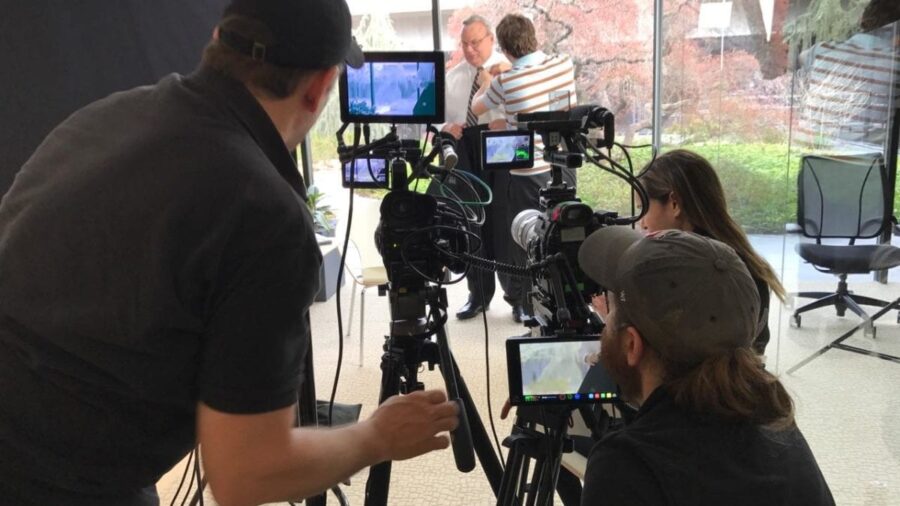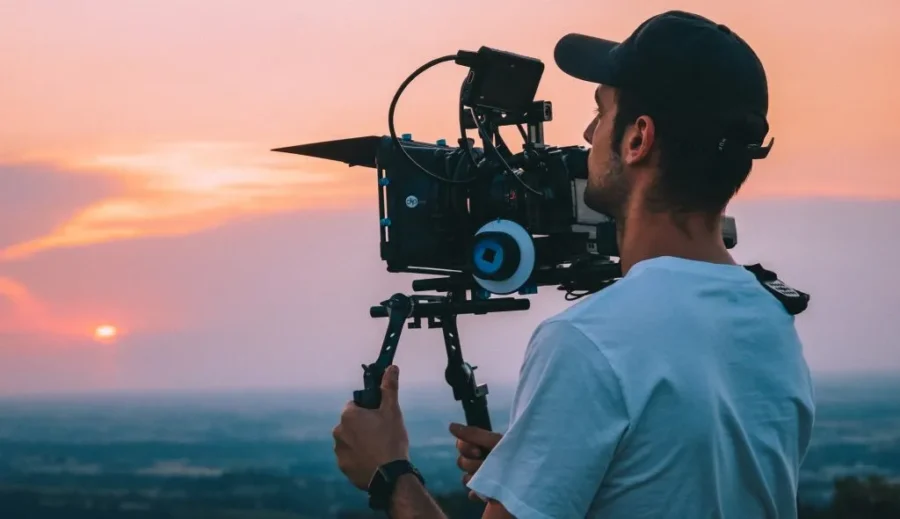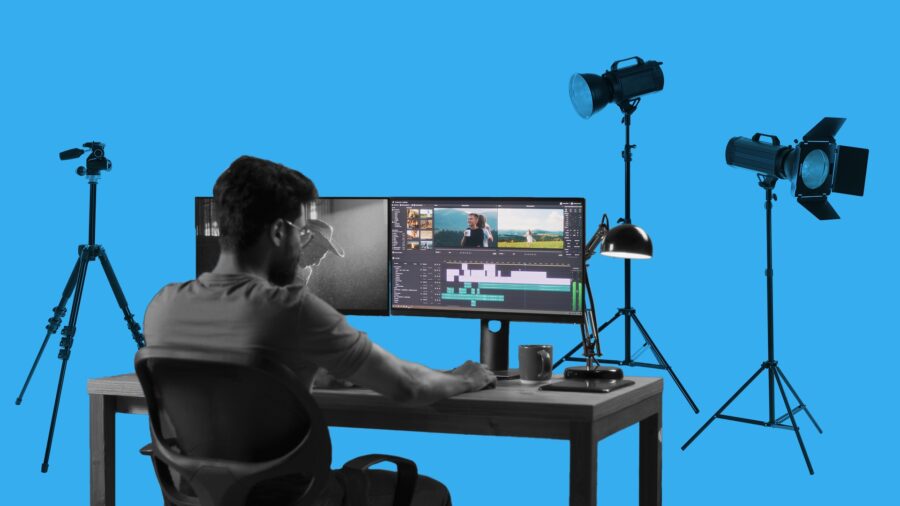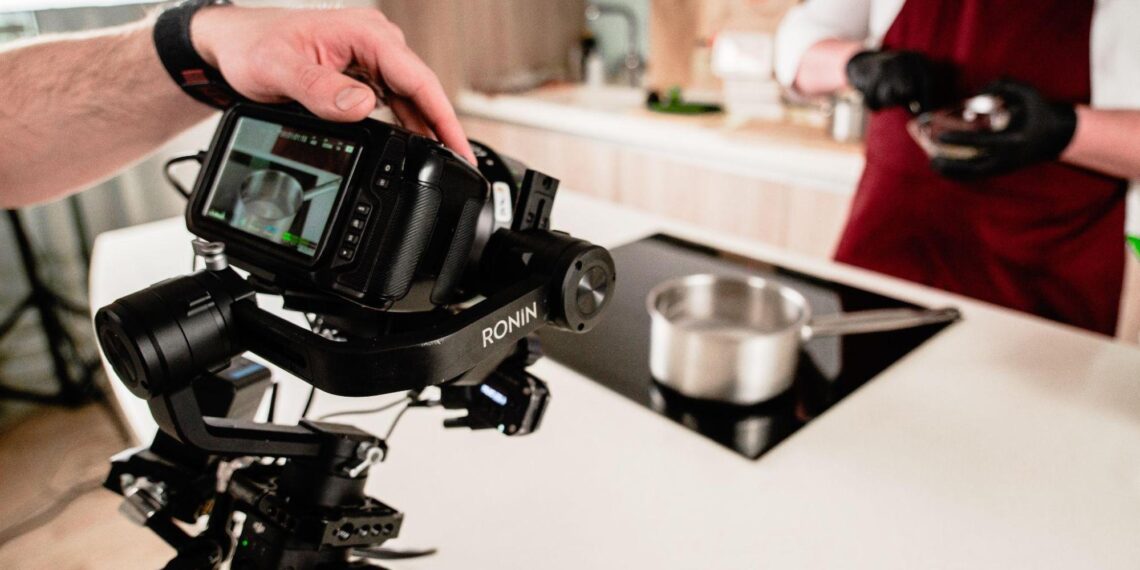Video production is an art form that engages all senses by telling stories, conveying emotion and inciting action. From blockbuster film franchises to short clips on TikTok and Facebook Live videos – video content has become ubiquitous and an invaluable marketing asset for businesses in Pittsburgh.
Your video workflow should incorporate a central hub that is accessible by all collaborators, enabling reviewers to mark videos and provide precise feedback such as frame-by-frame timeline reviews.
Pre-production

Prep and planning stages are vitally important to the success of any video project.
This phase should include activities such as storyboarding, creating mood boards and style guides, sourcing locations, props and actors; as well as preparing and analyzing budgets – this way delays or costly errors down the line can be avoided by being clear about these elements early on.
At this stage, it is critical to define your overall video production goal. This could range from simply increasing traffic or building relationships with new customers, all the way through to more complex endeavors like advertising a brand or product.
One of the key components of pre-production is defining each member’s roles and responsibilities for a smooth production process, meeting your deadlines while keeping everyone working towards reaching them. Furthermore, assigning tasks to specific team members makes assigning tasks simpler throughout the video production process.
Preparing your shoot schedule is another integral component of pre-production. Doing this will allow you to plan out the day of filming and anticipate any unforeseen issues, while creating a detailed shot list and budget for your shoot, making it easier to complete your finished video on budget and on schedule.
At this phase, a director will scout locations to find those best suited to making the video, helping ensure its final product meets any technical specifications that have been set. They will also assemble equipment, set up crew and obtain any permits or approvals required for shooting.
Finalize the pre-production stage by holding rehearsals. These may differ depending on the nature of the video you’re making, but typically include script reading and discussing how the shoot will run. Rehearsals help prepare actors and ensure all parties involved are ready for a successful shoot day.
Script creation

The script development stage of video production is of critical importance.
When creating your script for video production, be mindful of the types of talent you will use in it. From actors and presenters to voiceover artists, make sure your writing matches their styles and tones of voice so as to produce more natural and engaging results for viewers.
Furthermore, ensure your video is easy for audiences to comprehend with language tailored specifically for them. You can click the link: https://www.wikihow.com/Write-a-Script to learn more.
At this stage of video production, it is also essential to draft a storyboard for the video. A storyboard is a visual chart that lays out all of the key scenes of your video and contains everything from character descriptions and dialogue to voiceover and animations. A strong storyboard will keep your production on track during shooting and editing stages.
At this stage, the director will work closely with cast and crew members to prepare for filming. Scripts may be revised, interview questions discussed and the production schedule finalized in order to ensure a smooth video shoot experience that includes all required elements. It may also be beneficial if filming occurs on location – doing a site visit will ensure everything is in its proper place before beginning filming.
After creating the script and storyboard for your video project, filming can commence. At this stage, try to capture as much footage as possible to ensure plenty of options when editing is complete – this way your final product can help promote your brand and increase sales!
Shooting

Once a script has been finalized and revisions completed, a video production company can schedule the shooting stage.
This will depend on client goals and milestones as well as availability of actors, locations and equipment – which may also involve scheduling B-roll, graphics or animation shoots and setting up audio for the video. Once edited, an initial version will be sent out for review by the client.
At this phase, the director and crew will bring their video concept to life.
This can take place either in a studio or on location depending on its scope, using either professional or internal talent; their selection could have an effect on cost as well as quality. It is important to know that video production in Pittsburgh can be as large or small as your project needs. Professionals can help you create a polished final product.
Beyond directing cast and crew members, a director must also account for any additional footage needed such as shots of locations from different angles or footage needed during post-production.
Shooting will still be demanding but hopefully will prove exciting and fulfilling as part of this journey!
The sound quality of video productions should also not be taken for granted. A poor audio recording can quickly ruin an otherwise great video and it is crucial that before shooting commences the sound quality is checked. Check for issues like background noise, reverb, echo volume as well as volume levels.
Post-production

Post-production involves taking all of the raw footage you collected during production and turning it into an assembled video, including graphics, music, voiceovers and visual effects that add depth and sophistication.
Your goal should be to craft a narrative that tells your story effectively while engaging audiences – this is where all the hard work that went into pre-production comes to fruition!
Once the footage has been shot, an editor will begin editing it together. This usually involves selecting the best takes, editing out any parts that are unnecessary and organizing the footage into its proper order. Sometimes they add music, captions and other extras during this phase as well. You can learn more by clicking the link.
The last step is the revision process. In this stage, editors solicit feedback on specific shots, text and music selections as well as the overall message of the video. Once all revisions are complete, video will be finalized and ready for distribution.




